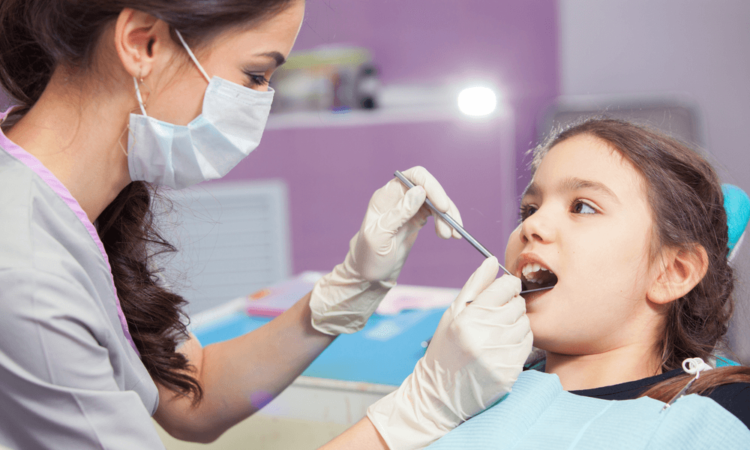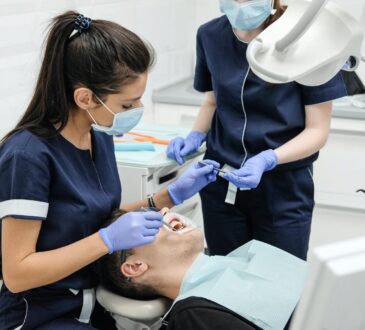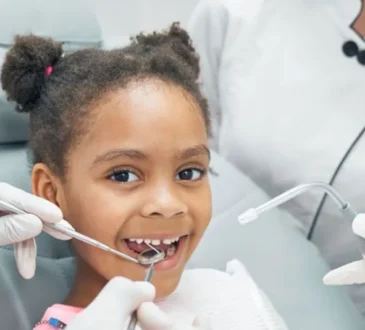
Facing a dental checkup might make you uneasy, but knowing what to expect can ease your worries. When you walk into the dentist’s office, you’re taking a step toward better health. The visit starts with a friendly greeting and a short wait. Soon, you’re in the chair, ready for the exam. The dentist looks closely at your teeth and gums. They check for cavities, clean your teeth, and might take X-rays to see what’s hidden. If you have questions about specific procedures, like dental implants in Tukwila, WA, now is the time to ask. Understanding your oral health is essential. Learning about any concerns leads to better care later. Whether it’s spotting early signs of trouble or keeping your smile bright, routine checkups make a big difference. You’re not just maintaining your teeth; you’re investing in your overall well-being.
The Steps of Your Checkup
First, the hygienist or dental assistant checks your medical history. Any changes, like new medications or recent health issues, should be noted. This helps the dentist understand your overall health and its impact on your oral health.
Next, the examination begins. The dentist looks for any visible issues with your teeth and gums. They use a small mirror for hard-to-see areas. They might use a probe to check gum depth, which helps identify gum disease.
Cleaning follows. The hygienist removes plaque and tartar with special tools. This part might feel strange, but it should not hurt. After scraping, they polish your teeth using a gritty toothpaste, then floss to remove any remaining particles.
X-Rays: Looking Beneath the Surface
Depending on your age, risk of disease, and signs of decay, the dentist may suggest X-rays. These help show issues not visible to the eye. X-rays can reveal hidden cavities, tooth roots, and bone health. According to the American Dental Association, the safety and necessity of X-rays are well-established.
Discussing Your Oral Health
Once the examination and cleaning are complete, the dentist discusses their findings. If there are problems like cavities, gum disease, or enamel wear, they explain what this means for you. They may suggest treatments or preventive measures to protect your teeth. This is a good time to ask questions or clarify any doubts.
Addressing Concerns: A Reality Check
If you’re considering treatments, such as fillings, braces, or implants, the dentist will guide you through options. Understanding the pros and cons helps you make informed decisions.
| Procedure | Purpose | Benefits |
|---|---|---|
| Fillings | Repair cavities | Restore function, prevent further decay |
| Braces | Straighten teeth | Improve alignment, enhance appearance |
| Implants | Replace missing teeth | Restore function, preserve bone structure |
Preventive Measures: Key to Lasting Health
Prevention is crucial. The dentist might suggest fluoride treatments or sealants. Brushing twice daily and flossing are essential habits. According to the Centers for Disease Control and Prevention, these small steps prevent major dental problems.
Regular dental visits are not just about reacting to problems. They are proactive steps toward maintaining your smile and overall health.
Conclusion
Understanding what to expect during a routine dental checkup can ease your anxiety. Knowing each step of the process allows you to prepare and ask the right questions. Keep up with regular checkups to ensure your mouth stays healthy. You’re not just caring for your teeth. You’re taking charge of your well-being.




